Sat 29 Jan 2022
Shirt tales — history in a pile of old pullovers
Posted by DavidMitchell under General News, History, Personal, The Point Reyes Light Newspaper
1 Comment
Caveat lectorem: When readers submit comments, they are asked if they want to receive an email alert with a link to new postings on this blog. A number of people have said they do. Thank you. The link is created the moment a posting goes online. Readers who find their way here through that link can see an updated version by simply clicking on the headline above the posting.
This weekend I rediscovered a trove of old t-shirts when a knob came loose on a dresser drawer in the bedroom. The drawer, which I had rarely opened, turned out to be full of badly worn shirts I’d collected during the past four decades but then forgotten about. In picking through them, I found many of these t-shirts were souvenirs of places I’d been and things I’d observed. T-shirts are often sold as such, but what I discovered is they can be arranged to tell stories.
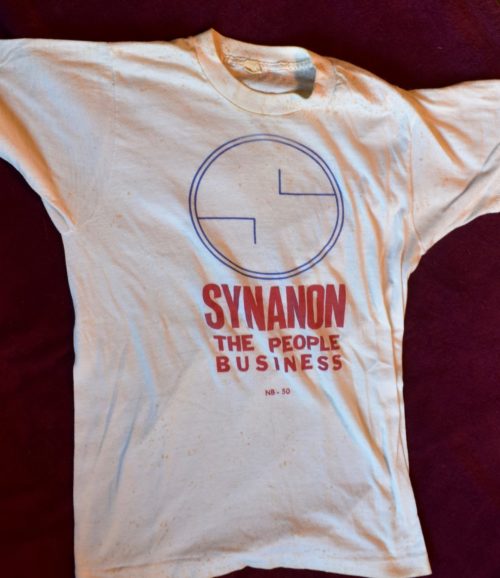
This Synanon t-shirt, which an ex-member of the cult gave me, was an instant reminder of the late 1970s when I edited and published The Point Reyes Light and when Synanon was headquartered in Marshall. As The Light revealed, Synanon’s focus had evolved from drug-treatment to making money. It claimed to be a church in order to avoid regulations, as well as taxes on that money. Its lawyers began referring to Synanon as a “cult.” From there it was a short step into becoming a criminally violent organization. This history makes the shirt’s “Synanon the People Business” message all the more ironic.
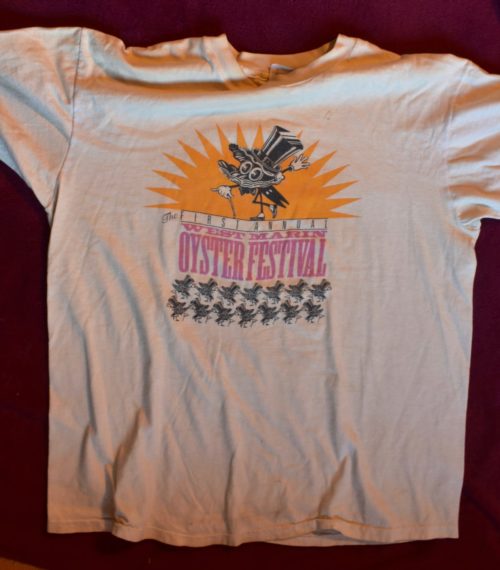
Now here’s a souvenir I can use some help with. The shirt commemorates “The First Annual West Marin Oyster Festival.” I vaguely remember such an event, but I don’t recall where it was held nor whether there were more West Marin Oyster Festivals. Any reader who does remember is encouraged to let us all know know in the comment section.
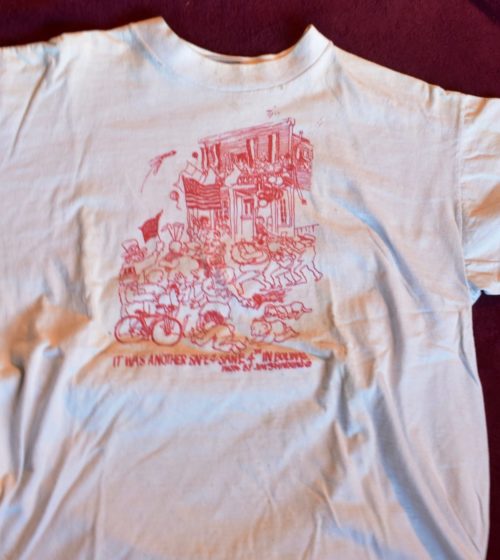
“It Was Another Safe & Sane 4th in Bolinas.” What year was this? What prompted the boast?
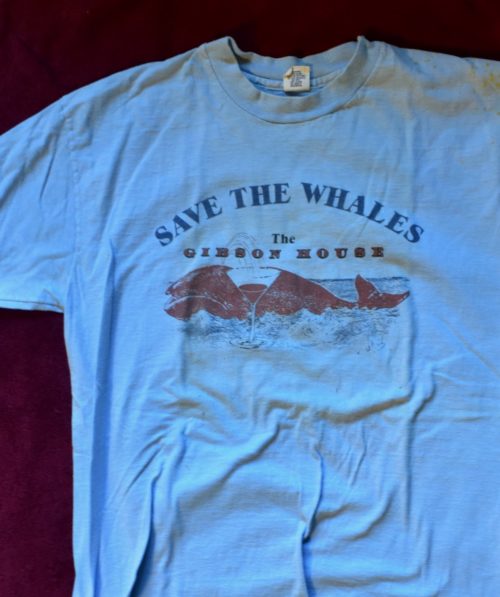
How about this t-shirt from  the Gibson House, once a highly regarded bar and restaurant in Bolinas? Was there a particular issue that inspired this? If so, when?

The Marshall Tavern had its own shirt. Does anyone remember when this came out?

The Point Reyes Light distributed a number of t-shirts. This one from the 1970s is a reminder of the days when the cover price was a tenth of what it is today.
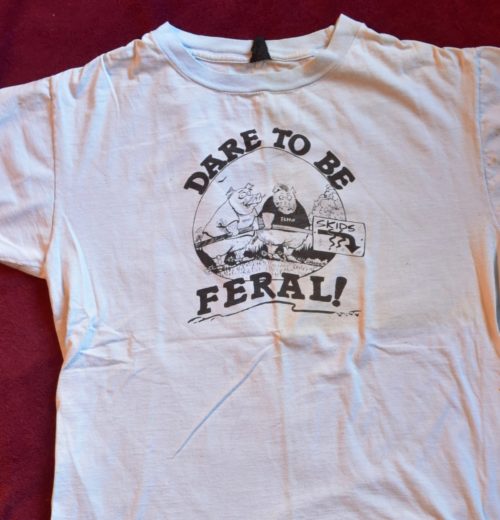
One of The Light’s particularly popular features was Tomales cartoonist Kathryn LeMieux’s Feral West. As seen, there was a time that graffiti artists frequently scrawled “SKIDS” along West Marin roadsides.

The vast majority of Mexican immigrants in West Marin are from Jalostotitlán. Beginning in the 1980s, The Light sent reporters to southern Mexico three times to document the historic immigration from Jalos.

As for my own foreign reporting, in the early 1980s, I took a two-year leave from The Light to report for The San Francisco Examiner. The then-Hearst-owned daily sent me to Central America for three months to cover fighting underway in El Salvador and Guatemala.

Surprising acronym. One of my favorite t-shirts from these adventures was from the SPCA Salvadoran Press Corps Association.

Because unfamiliar people showing up during a firefight can easily be suspected of being enemy personnel, the back of my SPCA shirt carried the message: !PERIODISTA! !No DISPARE! Journalist! Don’t shoot!

An example of the violence in the air when I was in Central America. However, since “your country” referred to El Salvador, why was the message in English and not Spanish?

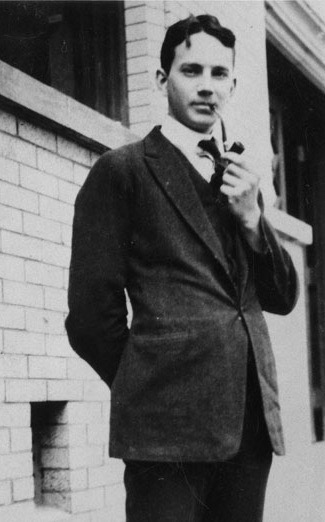

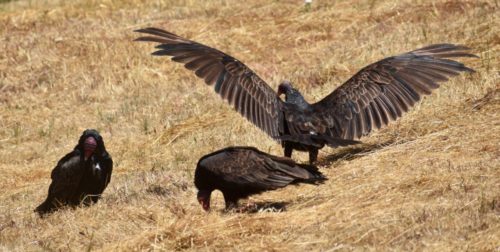
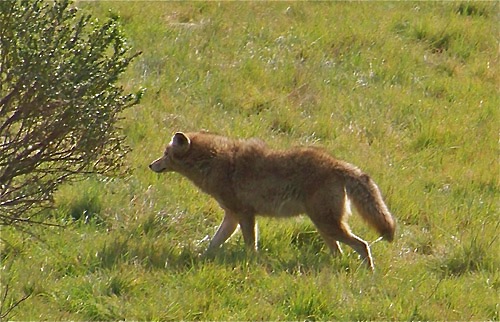
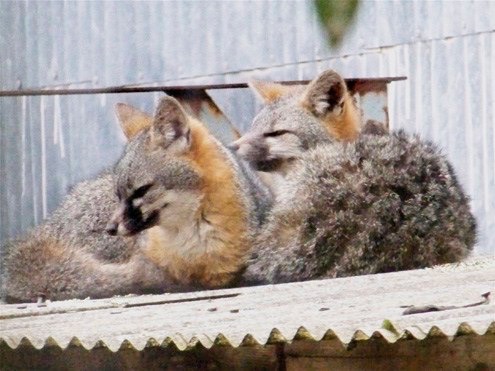
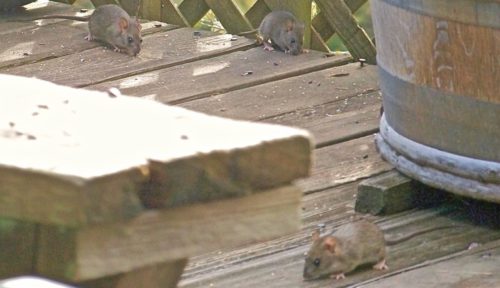
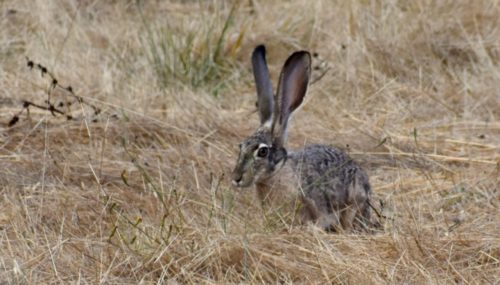
 lounge” of lizards. This is a blue-belly lizard on the wall of our cabin.
lounge” of lizards. This is a blue-belly lizard on the wall of our cabin.